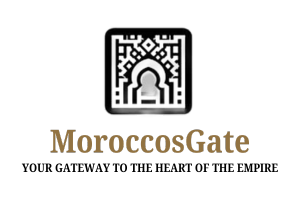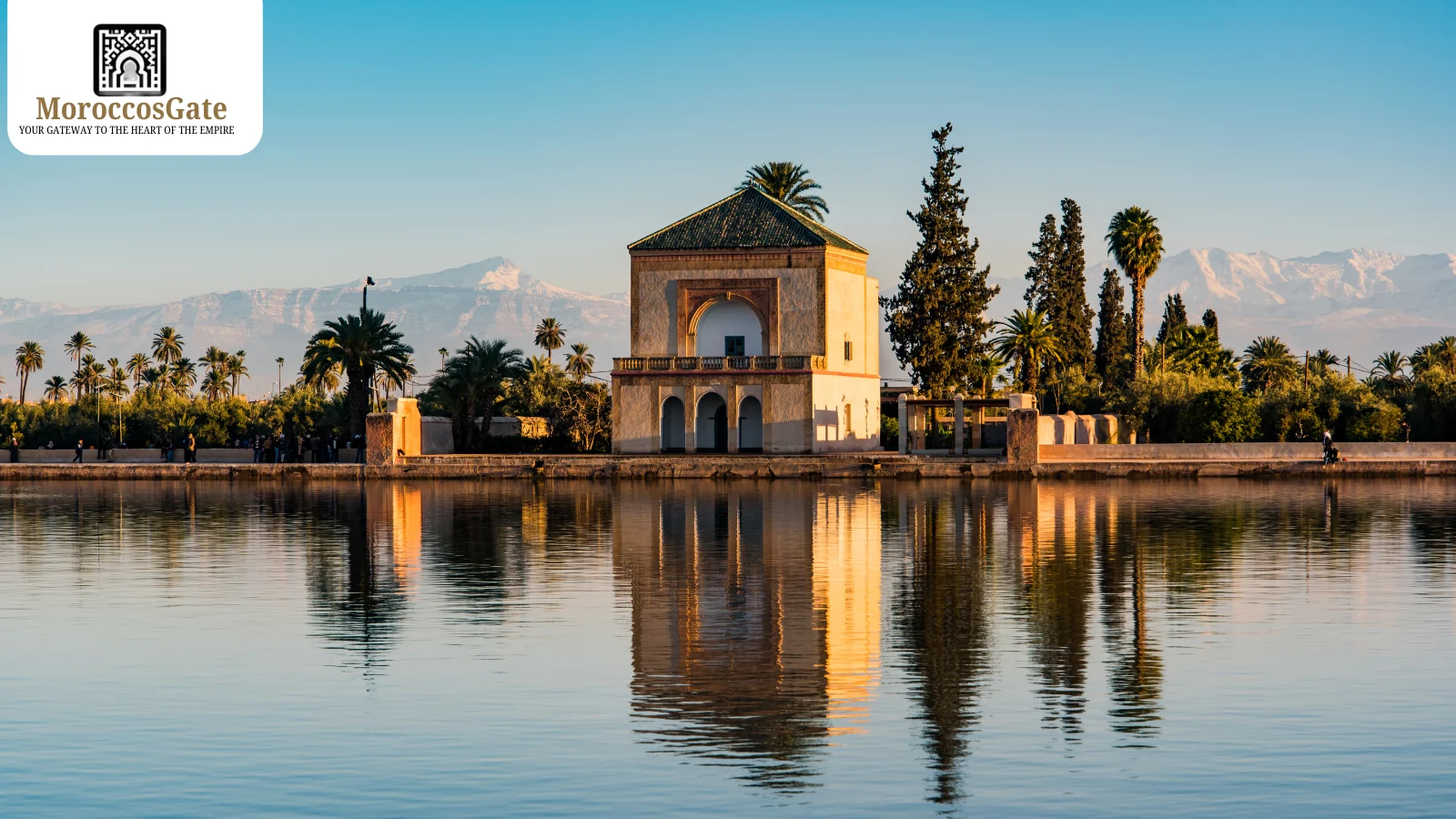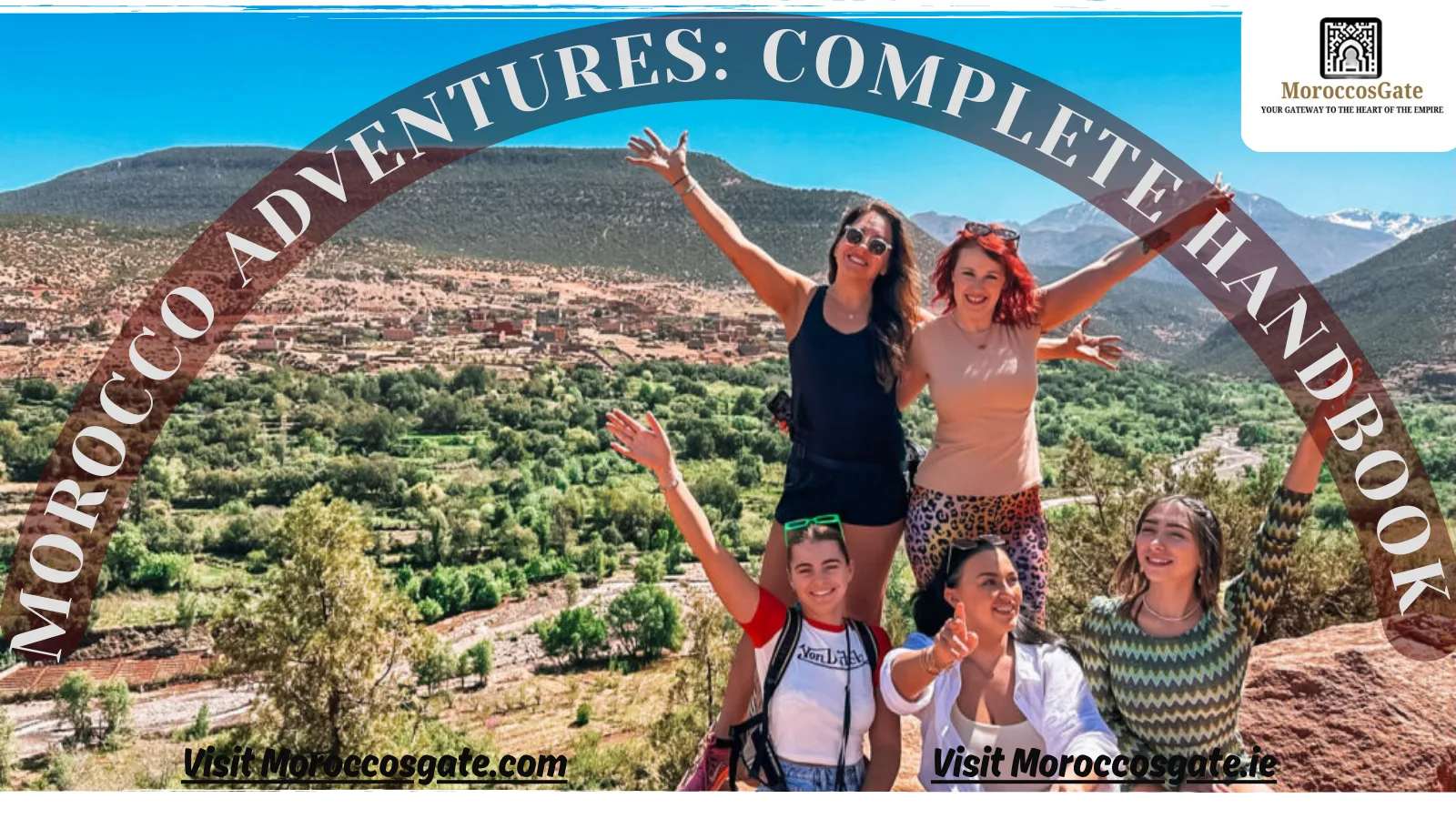Morocco Travel Blog: A Journey Through Vibrant Culture and Stunning Landscapes
Morocco captivates travellers with its blend of ancient traditions and modern vibrancy. Bustling souks pulse with energy, while landscapes shift from rugged mountains to vast deserts and tranquil coastlines. This North African treasure offers a kaleidoscope of colours, flavours, and stories. Over 5,000 words, I’ll share my unforgettable journey through Morocco Travel Blog, weaving in tips, reflections, and the magic that makes this destination unmissable. From lively cities to serene villages, let’s explore Morocco’s heart.
Why Morocco?
Before arriving in Morocco, its reputation as a cultural crossroads intrigued me. African, Arab, Berber, and European influences merge here, creating a unique tapestry. The allure of aromatic tagines, winding medinas, and the call to prayer echoing through streets ignited my curiosity. Consequently, Morocco promised to challenge my senses and reward my adventurous spirit. Whether you’re a history enthusiast, a food lover, or a seeker of stunning scenery, this country delivers.

For three weeks, I explored Morocco’s diversity, from imperial cities to the Atlas Mountains and Essaouira’s coastal charm. My aim was to immerse myself in local culture, connect with people, and discover hidden gems off the tourist trail. Here’s how my journey unfolded.
Arriving in Marrakech: The Pulse of Morocco
Marrakech often welcomes travellers first, and its vibrancy instantly captivates. As I entered Djemaa el-Fna, the main square, I encountered a whirlwind of sights and sounds. Snake charmers played flutes, storytellers enthralled crowds, and vendors offered freshly squeezed orange juice. Meanwhile, the air carried scents of grilled meats and spices.
Exploring Djemaa el-Fna
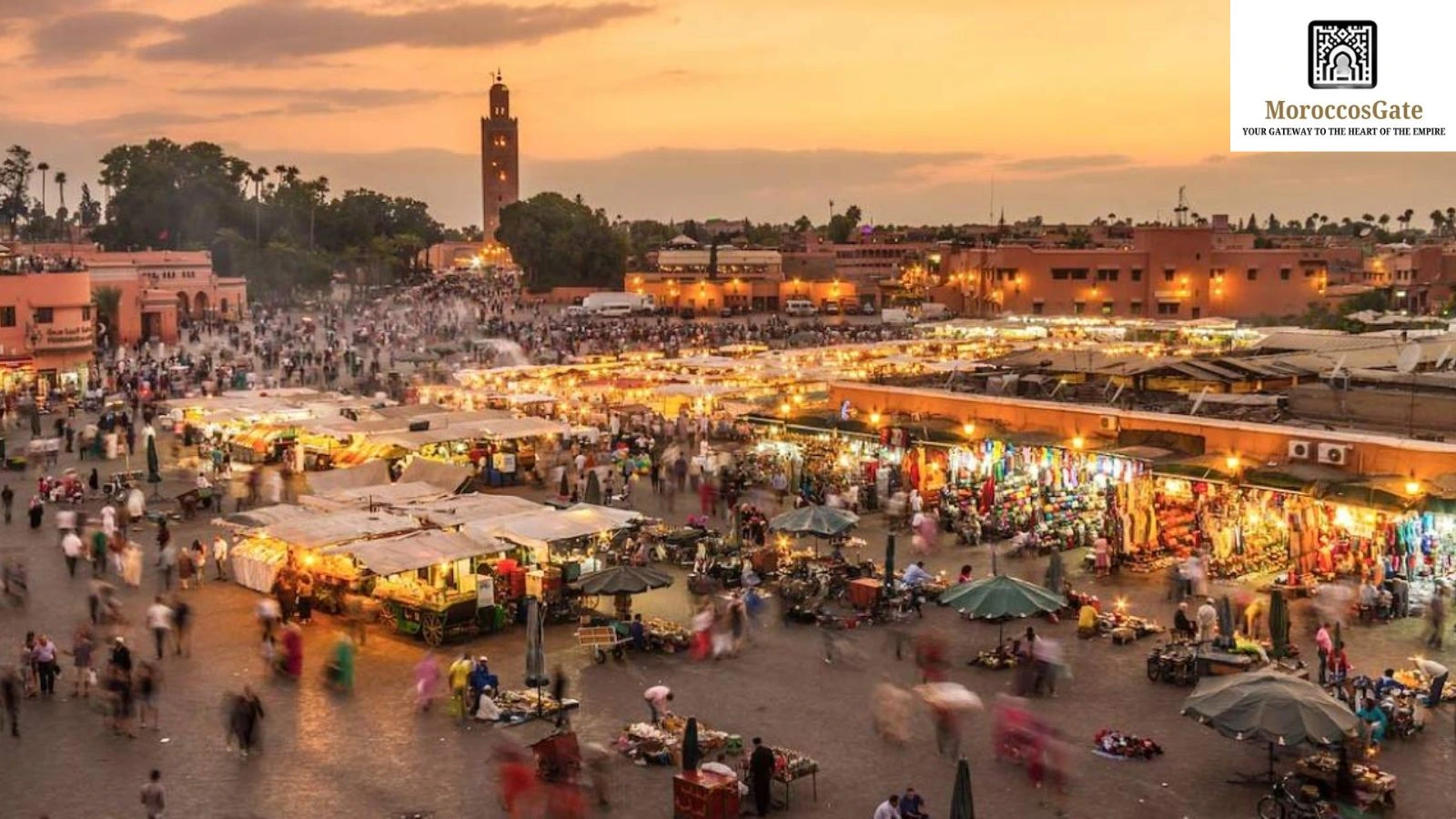
This square, Marrakech’s beating heart, transforms throughout the day. In the morning, stalls sell leather bags and intricate jewellery. By evening, it morphs into an open-air theatre. For instance, I spent my first evening sipping mint tea at a rooftop café, watching the sunset paint the sky in pink and orange hues as the square hummed below. My advice? Visit Café Glacier or Le Grand Balcon for prime views, but arrive early to secure a spot.
Navigating the Souks

Next, I ventured into the souks, a maze of narrow alleys lined with shops. These markets overflow with handmade goods—vibrant rugs, brass lanterns, and blue pottery. Haggling, though initially intimidating, became enjoyable with practice. A smile and friendly banter work wonders. For example, I bought a handwoven scarf and a ceramic bowl, both cherished souvenirs. If you explore the souks, wear comfortable shoes and carry a map—getting lost is easy, but that’s part of the adventure.
Furthermore, a spice shop visit stood out. The owner explained ras el hanout, a blend of up to 30 spices, and I now use it in my cooking. This encounter enriched my understanding of Moroccan cuisine.
Discovering Marrakech’s Palaces

Marrakech boasts remarkable historical sites. I visited the Bahia Palace, where intricate tilework and tranquil courtyards evoked a sultan’s dream. Similarly, the Saadian Tombs, rediscovered in 1917, feature stunning mausoleums with zellige (mosaic tilework). To avoid crowds, I arrived early at both.
Additionally, I strolled through Jardin Majorelle, a botanical garden once owned by Yves Saint-Laurent. The cobalt-blue villa against lush greenery was a photographer’s delight. Since tickets sell out quickly, book online in advance for this serene escape from the city’s bustle.
Fez: A Journey Back in Time
After Marrakech, I boarded a train to Fez, a city that feels like a living museum. Home to one of the world’s oldest universities, Fez’s medina has thrived for over a millennium. As I stepped into Fez el-Bali, the old city, I felt transported to another era.
The Medina of Fez el-Bali

This UNESCO World Heritage Site, one of the largest car-free urban areas globally, relies on donkeys and handcarts for transport. On my first day, I hired a local guide—a wise decision. The medina’s 9,000 alleys form a labyrinth, but my guide’s stories brought its history to life. For instance, we visited the Chouara Tannery, where workers dye leather using centuries-old methods. The colourful vats were mesmerising, though the smell was strong. I accepted a sprig of mint at the entrance to cope. Afterwards, I purchased soft leather slippers, a testament to Fez’s craftsmanship.
Cultural Gems in Fez
Fez thrives as a centre of learning and spirituality. I explored the Al-Qarawiyyin Mosque and University, founded in 859 AD by Fatima al-Fihri. Although non-Muslims cannot enter the mosque, I admired the library and courtyard’s breathtaking architecture. Likewise, the Bou Inania Madrasa, a 14th-century Islamic school, impressed with its intricate stucco and serene ambiance.
For a break, I visited Café Clock, famous for its camel burger (surprisingly delicious) and cooking classes. I joined a class to make chicken tagine, chopping vegetables and blending spices with a local chef. This hands-on experience became a trip highlight.
The Atlas Mountains: Nature’s Masterpiece

Leaving the cities, I sought tranquillity in the Atlas Mountains. Their snow-capped peaks, terraced valleys, and Berber villages create a dramatic backdrop to Morocco Travel Blog landscape.
Trekking in the Ourika Valley
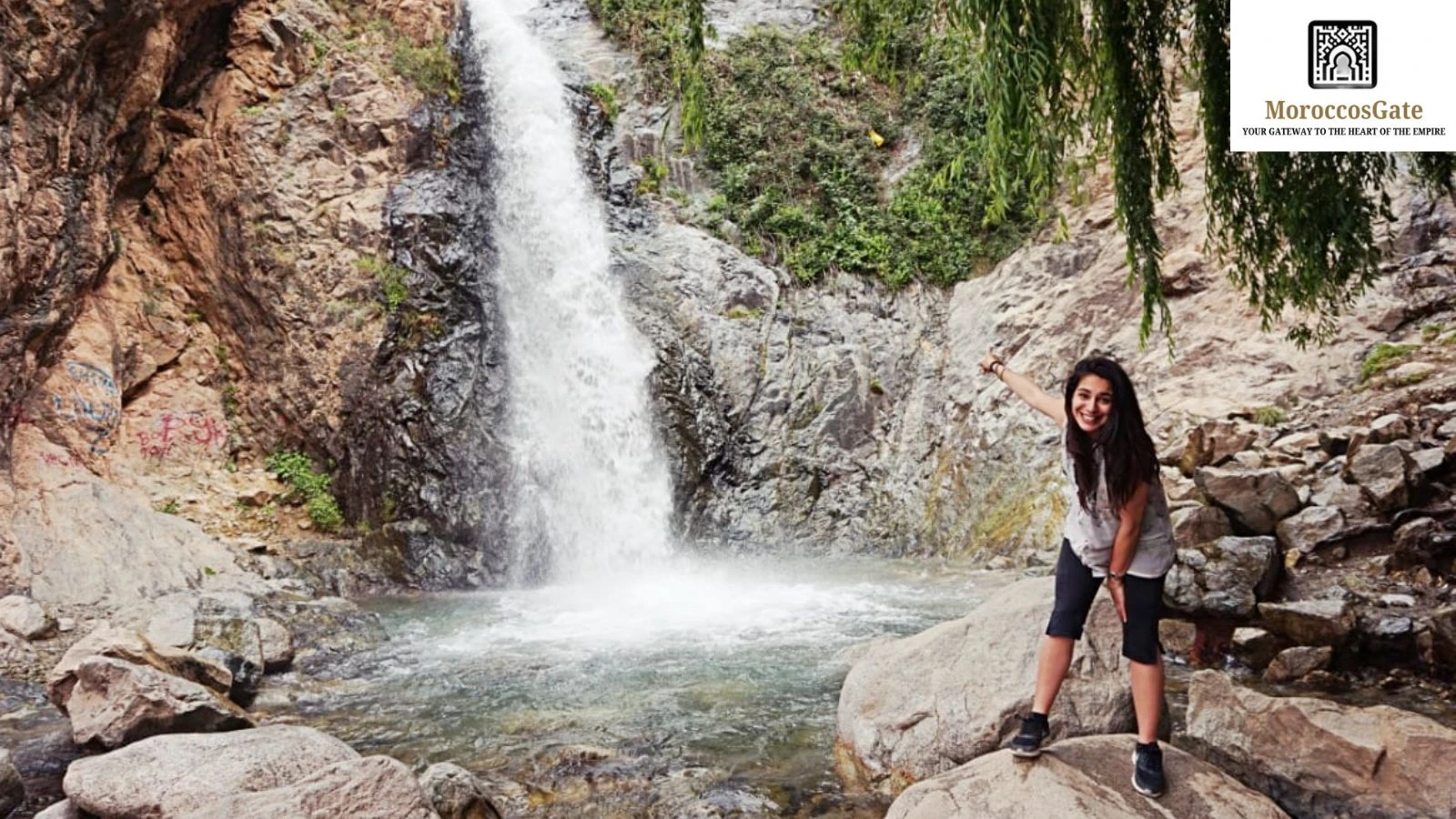
I stayed in the Ourika Valley, a popular Marrakech day trip but ideal for longer visits. I joined a guided trek to the Setti Fatma waterfalls, seven cascades amid lush greenery. The hike, with rocky paths and steep climbs, challenged me, but the views rewarded every step. At the top, I cooled my feet in the water and enjoyed a picnic of fresh bread, olives, and cheese.
Moreover, the Berber people’s hospitality shone through. At a family-run guesthouse, the owner, Ahmed, shared childhood stories over mint tea. His wife’s vegetable couscous, simple yet flavourful, was a trip highlight.
Visiting Imlil and Toubkal

For adventure, I travelled to Imlil, a village near Jebel Toubkal, North Africa’s highest peak. I didn’t climb Toubkal, which requires multi-day preparation, but I hiked through nearby valleys. The crisp air and sounds of goats and shepherds created a peaceful escape. If you visit Imlil, pack layers—nights are chilly, even in summer.
Chefchaouen: The Blue Pearl

No Morocco travel blog omits Chefchaouen, the “Blue Pearl” of the Rif Mountains. Its blue-washed streets create a surreal, dreamy atmosphere. Legend says Jewish refugees in the 1930s painted the town blue, symbolising the sky and spirituality.
Wandering the Blue Streets
Chefchaouen’s medina, quieter than Marrakech or Fez, invites slow exploration. Every blue-walled corner, adorned with flowerpots and rugs, is photogenic. For instance, I lingered at a café overlooking Plaza Uta el-Hammam, sipping orange juice while watching locals. This relaxed pace was a welcome change.
Hiking in the Rif Mountains

The Rif Mountains offer superb hiking. I took a guided walk to the Cascades d’Akchour, a waterfall an hour from Chefchaouen. The trail, through pine forests and clear streams, led to a refreshing waterfall. I recommend sturdy shoes and a swimsuit for a dip.
Additionally, Chefchaouen’s shops sell handmade soaps and woollen blankets. Its proximity to Spain blends Moroccan and Andalusian influences, evident in the food and architecture.
Essaouira: Coastal Charm

For coastal vibes, I visited Essaouira, a relaxed Atlantic port city. Its windswept beaches and vibrant arts scene offered a refreshing contrast to the cities.
Strolling the Medina
Essaouira’s compact medina, with whitewashed walls and blue shutters, feels Mediterranean. Art galleries, boutiques, and seafood cafés line the streets. I browsed for argan oil products and silver jewellery, learning about argan oil’s culinary and skincare uses at a nearby cooperative.
Beach and Water Sports

Essaouira’s beach attracts surfers and kiteboarders with its steady winds. Though I didn’t surf, I enjoyed watching colourful kites from the shore. For solitude, I walked to Diabat Beach, south of the city, where I savoured a quiet sunset in fiery oranges and purples.
Food and Music in Essaouira

Essaouira’s food scene delighted me. I savoured fish tagine and grilled sardines at a seaside restaurant. The city also celebrates Gnaoua music, rooted in African and Berber traditions. I attended a live performance in the medina, captivated by rhythmic beats and soulful vocals. If you visit in June, the Gnaoua World Music Festival is a must.
Practical Tips for Travelling in Morocco

Three weeks in Morocco taught me valuable lessons for your trip:
- When to Go: Spring (March-May) and autumn (September-November) bring pleasant weather. Summer heats up, especially in deserts, while winter is mild but rainy.
- Getting Around: Trains link Marrakech, Fez, and Casablanca affordably. For smaller towns, I used grand taxis or CTM buses, which were reliable.
- Dress Respectfully: In conservative rural areas, I wore loose clothes covering shoulders and knees, blending in and staying cool.
- Language: Arabic and Berber languages dominate, but French is common in cities, and English works in tourist spots. I learned phrases like “shukran” (thank you) and “salaam” (hello) to connect with locals.
- Cash is King: Cards work in hotels, but I used cash (Moroccan dirham) for markets and taxis. ATMs are plentiful in cities.
- Stay Safe: Morocco feels safe, but I stayed alert for petty theft in crowds and avoided dark, quiet areas at night, especially as a solo traveller.
- Food and Water: I loved Moroccan food but drank bottled water and avoided raw vegetables to stay healthy. I ensured meat was well-cooked.
Reflections on Morocco
Morocco Travel Blog left a lasting impression. It challenges you to embrace the unfamiliar—navigating souks, trying new dishes, or chatting over tea. Locals welcomed me warmly, sharing meals and stories. The landscapes, from the Atlas to endless dunes, awed me with their beauty.
What struck me was Morocco’s blend of tradition and modernity. In Fez, artisans used ancient techniques while young people used smartphones. In Marrakech, historic palaces stood near trendy bars. This dynamic balance makes Morocco vibrant and evolving, yet rooted in heritage.
Thus, I urge you to visit with an open mind. Morocco isn’t always polished, but its unpredictability is its charm. You’ll return with stories, souvenirs, and a deeper appreciation for its vibrant culture.
Planning Your Own Morocco Adventure

Ready to go? Craft an itinerary based on your interests. History buffs should prioritise Fez and Marrakech, while adventurers will love the Atlas Mountains and desert camps. For relaxation, Chefchaouen and Essaouira beckon. A 10-14 day trip covers highlights, but a week can work with planning.
For inspiration, explore local blogs or Moroccan travel communities online. Riads and tour operators offer cooking classes and guided treks. Wherever you go, Morocco Travel Blog will surprise and enchant you.
Here’s to your Moroccan journey—may it be unforgettable!
